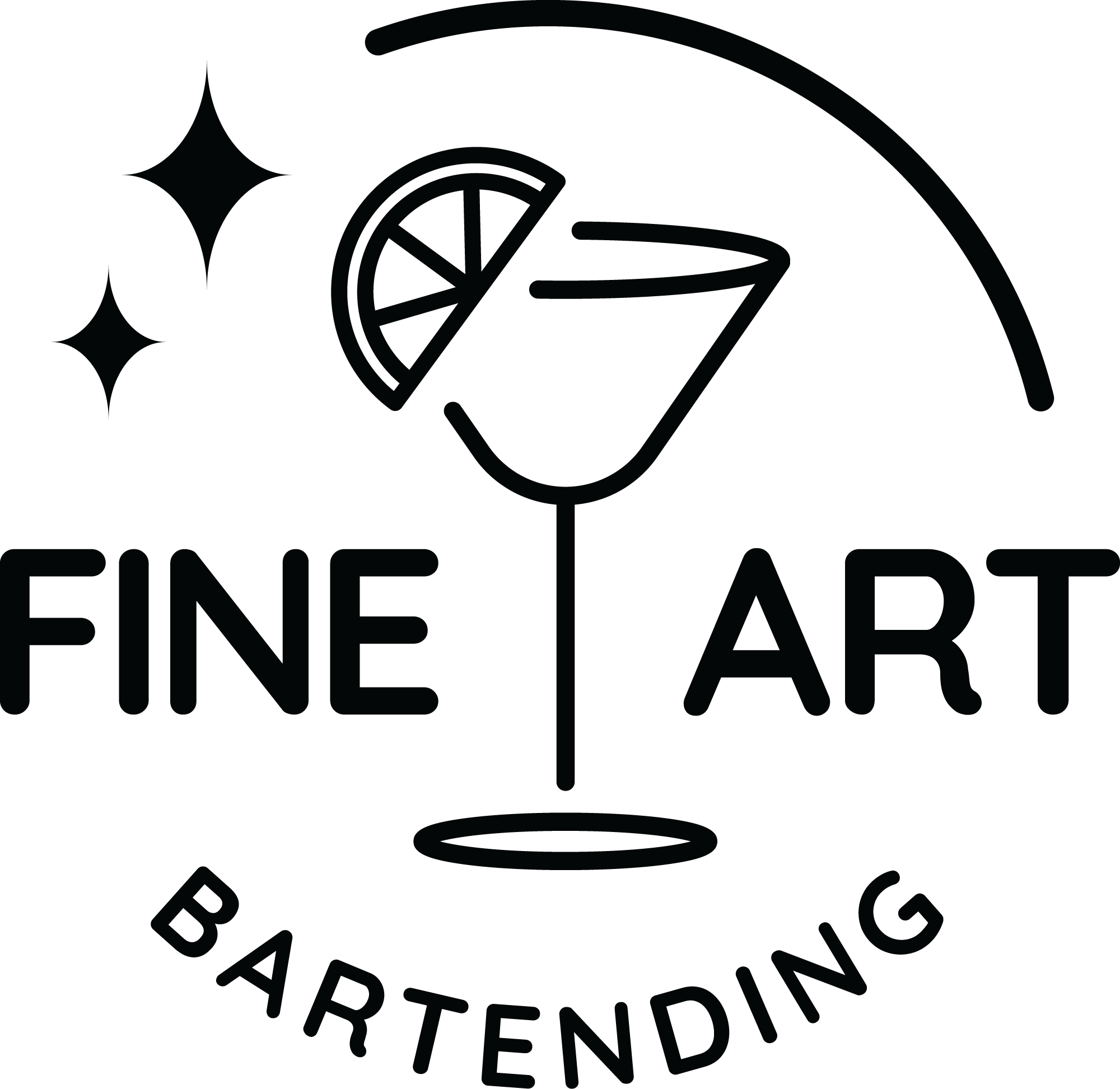The Rise of Vodka: A Story of Marketing, Cocktails, and Hollywood


Smirnoff was established in 1886 by Pierre Smirnoff and was highly regarded as one of the finest vodkas in Russia. This vodka was often gifted to kings and czars of other countries. But after WW1, vodka fell out of fashion, as Russia was at the core of many European conflicts.
It wasn’t until 1933, when Rudolph Kunett, a friend of the Smirnoff family, purchased the international rights and moved to Connecticut in the United States to open the first American vodka distillery, Smirnoff. While the vodka was considered prestigious, there wasn’t really some super secret recipe, as ultimately vodka is pretty much vodka, clear, neutrally distilled ethyl alcohol.
The original response to this newfound distillery was complete failure, as the American people were not into drinking flavourless spirits. Gin, whisky, cognac, and rum were at the top of the charts, and in the first few years of business, Kunett only managed to sell 6,000 cases of vodka, as the only vodka on the American market.
By 1939, he was about ready to close up shop and move back to Russia.

Vodka might have faded away if not for John Martin, CEO of Heublein Inc., a leading producer of bottled cocktails popular at social gatherings.
In 1939, Martin bought the struggling Smirnoff vodka distillery for $14,000, seeing its potential as a versatile mixer. Yet he faced a major hurdle: Americans still had little interest in vodka, an odourless and flavourless spirit that didn’t appeal on its own.

In 1939, Martin bought Smirnoff, seeing its potential as a mixable spirit. Yet vodka still struggled—until he and his friend Jack, a bar owner, had an idea. Jack had a surplus of unsold ginger beer, so they combined it with Smirnoff and lime in a copper mug to create the Moscow Mule. The drink became an instant hit.
But during World War II, vodka faced boycotts due to anti-Russian sentiment. Determined to promote it as American, Martin leveraged a new invention: the Polaroid camera. He took photos of bartenders making Moscow Mules and circulated them to create excitement. This strategy helped make vodka the world’s second most popular spirit.

Vodka still had one rival to beat. At the time, gin was the drink of choice for the elite, especially in martinis, which were traditionally stirred.
This time, John Martin turned to Hollywood for help. For the first time, a spirit and cocktail were featured in a movie, James Bond, when the new hit spy ordered his martini not with gin, but with vodka, and asked for it shaken, not stirred—a clever twist on the classic.
From that moment on, vodka never had to worry about being in second place again.

Smirnoff has a fascinating history. In 1987, Grand Metropolitan bought Heublein Inc., which owned Smirnoff, for $1.2 billion—a huge leap from the original $14,000 investment fifty years earlier.
Grand Metropolitan later merged with Guinness to form Diageo, the world’s largest beverage conglomerate. Today, Diageo owns many of the most popular brands, including Smirnoff, Aviation, Tanqueray, Johnnie Walker, Crown Royal, Captain Morgan, Don Julio, and Casamigos.
This raises the question: with one company controlling so many brands, are these spirits made for quality or profit? If you're curious about spirit quality, check out our best spirits brands page for recommendations.



Vancouver's Best Bartending School. Bartender training since 1981.
Bartending tips and jobs delivered every two weeks!
Your cart is currently empty.
Start Shopping
